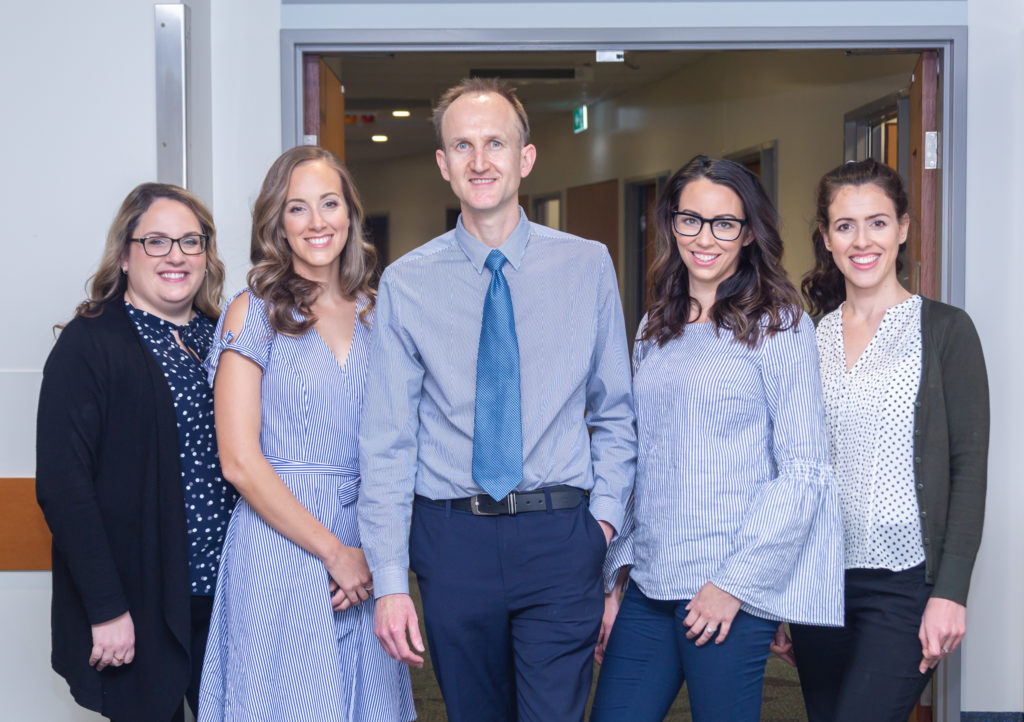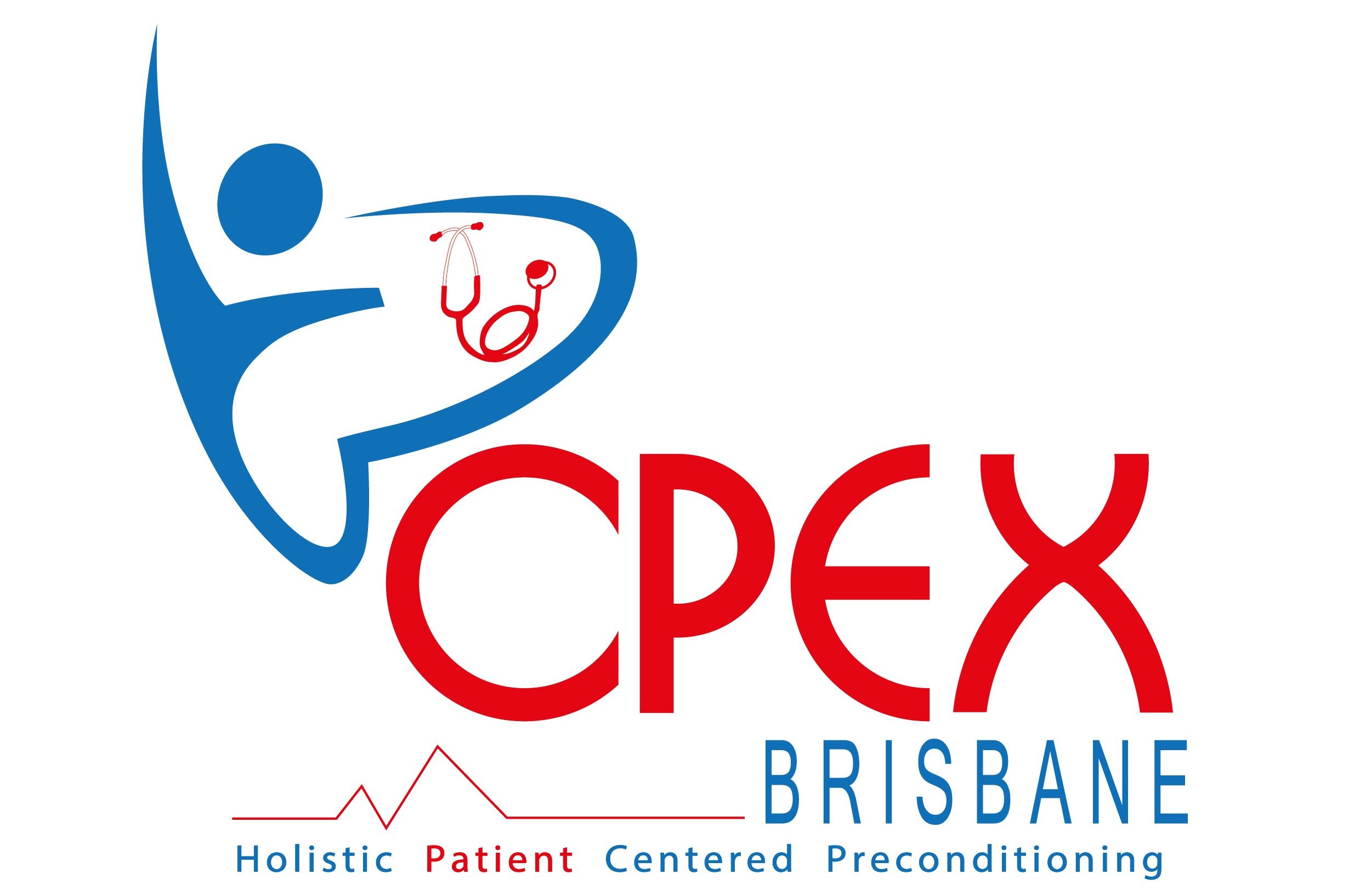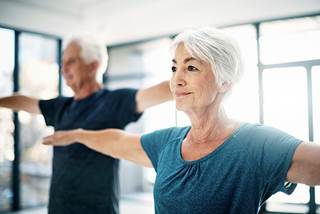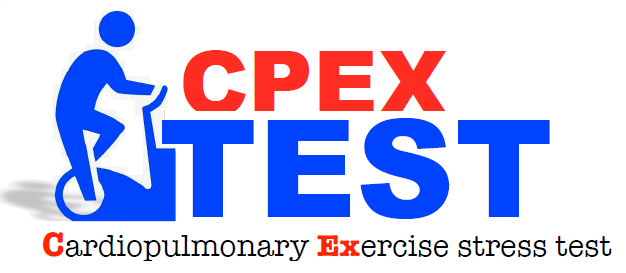
Our team of doctors, dietitians and exercise physiologist can help. The program below is designed for objective risk assessment and rapid preoperative optimisation.
Introduction
CPEXBrisbane is a state-of-the-art peri-operative service offering the gold standard in risk assessment via its cardiopulmonary exercise stress testing facility and coordination of a unique, tailor-made preconditioning program for each patient. We are expert in peri-operative risk assessment and optimisation.
The exercise stress test
General
The cardiopulmonary exercise test measures the response of the heart and lungs to exercise on a stationary bicycle. There is no pass or fail. This type of test is also used to evaluate athletes but we do not expect Olympic or world record performance.
You might have been referred for the following reasons
- To asses your suitability for surgery
- Exercise capacity has a big influence on the need for support of the major body systems during and after an operation. The results of the exercise test guides the anaesthetist, surgeon and other doctors in the best care of the patient.
- To find a reason for your shortness of breath
- To monitor your response to treatment or progress of a lung or heart problem
Some people refer themselves without doctor involved. The common reasons include evaluating symptoms they had while they exercise or to asses their level or fitness or VO2 max testing when in training. Please contact us here if you would like to book yourself in for a test.
A senior doctor will supervise the test. A nurse or a medical technician may assist with setting up and running the testing equipment.
The procedure takes about one hour, the exercise portion usually lasts about ten minutes. Other testing may be performed at the same time, e.g. special breathing tests or ultrasound of the heart.
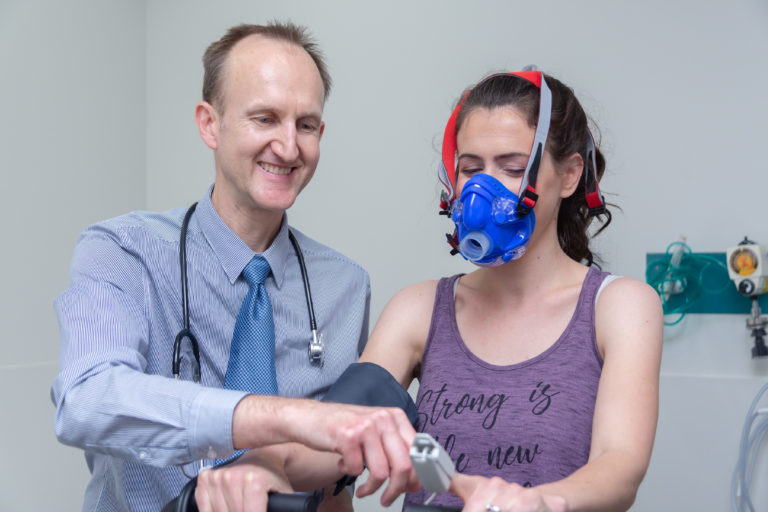
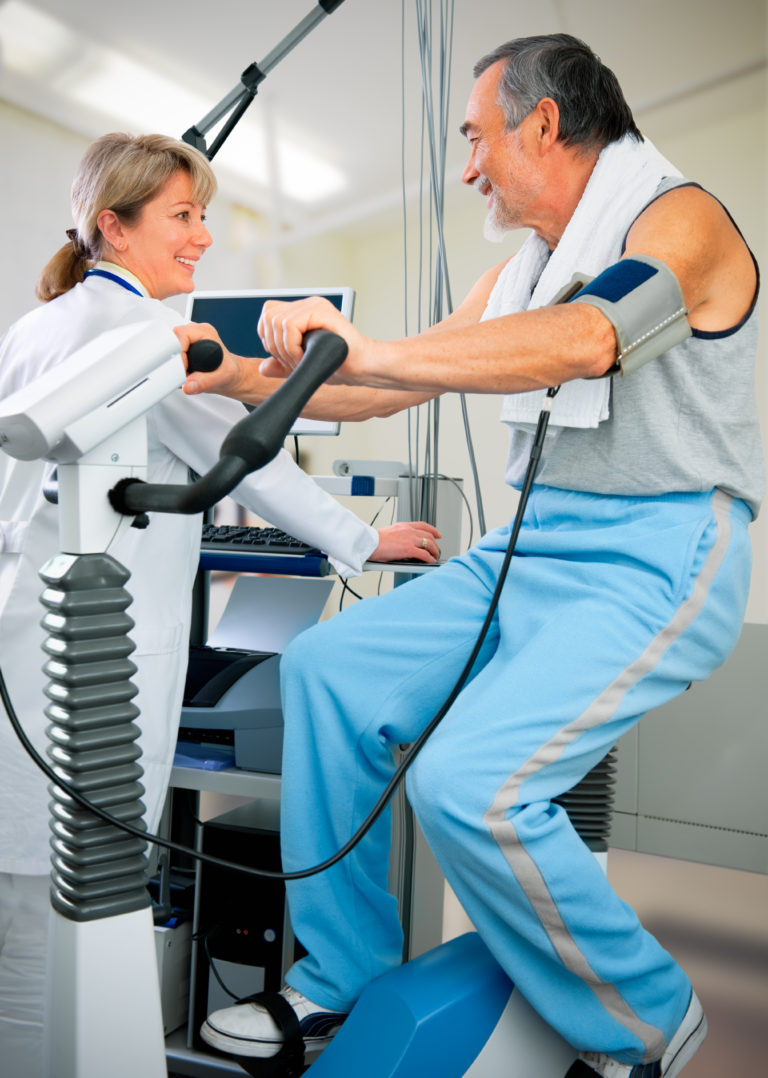
Test details
Instructions.
- Preparation is important that you are well prepared for the test. You will be asked to attend the exercise-testing laboratory as an outpatient. It is essential that you do not eat food or drink fluids other than water for six hours prior to the test. For an afternoon tests, a light breakfast is permissible provided the required 4 hour fast is observed. Water may be consumed at anytime. You must also bring comfortable clothing and footwear suitable for exercise on a stationary bicycle.
The first part of the test is conducted at rest, usually while seated in a chair. You will be asked to make a series of breaths into a mouthpiece connected to a gas analysis machine that determines lung airflow and volume.
Next, leads for heart monitoring are attached to the chest and a resting ECG (electrocardiograph) is taken. The leads remain connected for heart monitoring during exercise. An arm cuff for measurement of blood pressure and a finger clip for measuring the oxygen content of the blood may also be used.
Test details
Instructions
ii.The stress test
The exercise component requires pedaling a stationary bicycle for about ten minutes while breathing into the mouthpiece of the gas analysis machine. The seat, handle bar position and the pedals of the bicycle are adjusted as appropriate. A short ‘practice ride’ is performed to ensure comfort and good cycling technique. A small nose clip is applied and the mouthpiece fitted comfortably. After pedaling easily for three minutes at zero workload to ‘warm-up’ and establish baseline data the workload is gradually increased over about six minutes. The doctor or technician will provide encouragement! You will not be required to exercise beyond the level at which you are comfortable. You may reach a level where you are tired or unable to continue; you will be able to indicate this to the doctor.
Your response to exercise and your heart and lung function are monitored continuously, the doctor is able to stop the test when enough information has been obtained or when you are approaching your ‘limit’.
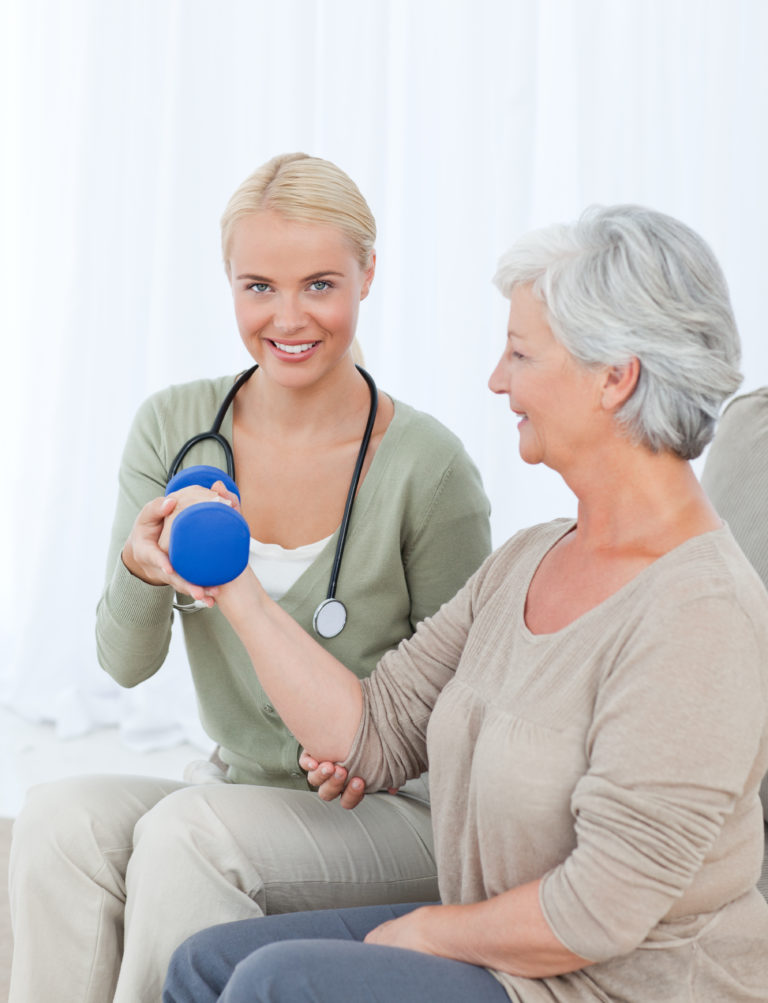
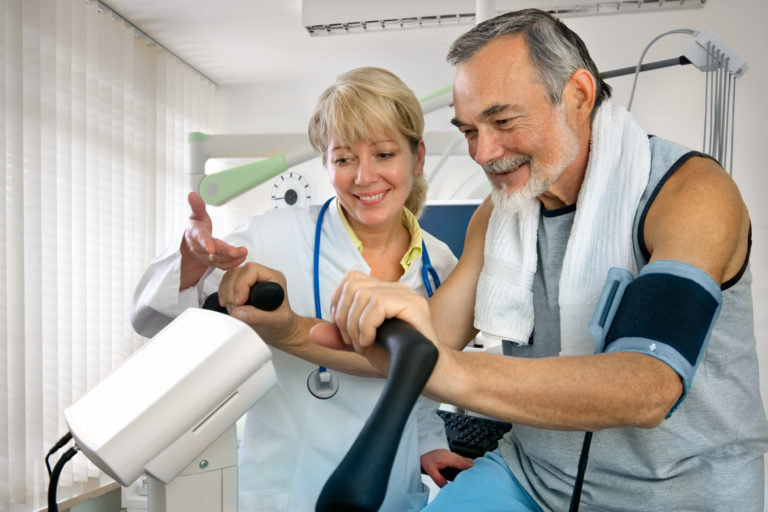
Test details
Instructions
iii.Completion of the test
At the end of the test the workload on the bicycle is reduced to zero and you may find it helpful to continue cycling for one or two minutes as a ‘cool-down’. When the mouthpiece and nose clip are removed you will be asked about your level of exertion, your breathing and discomfort or other symptoms. You will be seated in a chair for rest and recovery. The ECG is monitored during the recovery period. By relating the changes that occur in the breathing, the exhaled gases and the heart rate during exercise the doctor can determine the functional capacity of your heart and lungs.
Remember, there is no pass or fail on this test; the results are used to plan the best care for you.
Safety of exercise stress testing
The exercise test is designed to be safe and is performed to high professional standards with prime regard for your comfort and health. Inform the doctor or other staff if you feel uncomfortable or unwell.
You should not proceed to or continue with testing if you have concerns.
Exercise testing is associated with risks, as detailed below, but adverse events are rare during properly supervised tests. In large series of exercise tests of subjects both with and without known heart and lung disease the incidence of serious complications, including myocardial infarction (heart attack) and other events requiring treatment in hospital, varies between less than one to as many as five per 10,000 tests. The risk of death is less than 0.5 per 10,000 tests.
You will be monitored continuously during and after the test. Resuscitation equipment is available in the exercise testing location and trained staff will treat any life-threatening events immediately.
Preparation checklist
Patient preparation
- Wear comfortable clothes and shoes which allows for riding a stationary bicycle
- Eat a light meal no later than 4 hours before the test
- Drink as much clear water as you like
- Please don’t wear any lipstick (it stains the mouth pieces)
- Bring the following:
- Current list of medication
- GP contact details
- Medicare card
Please arrive on time
